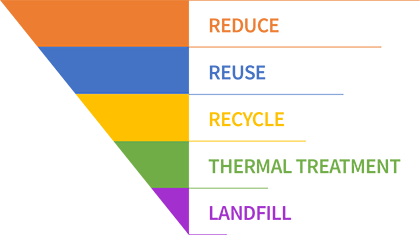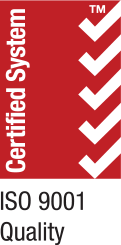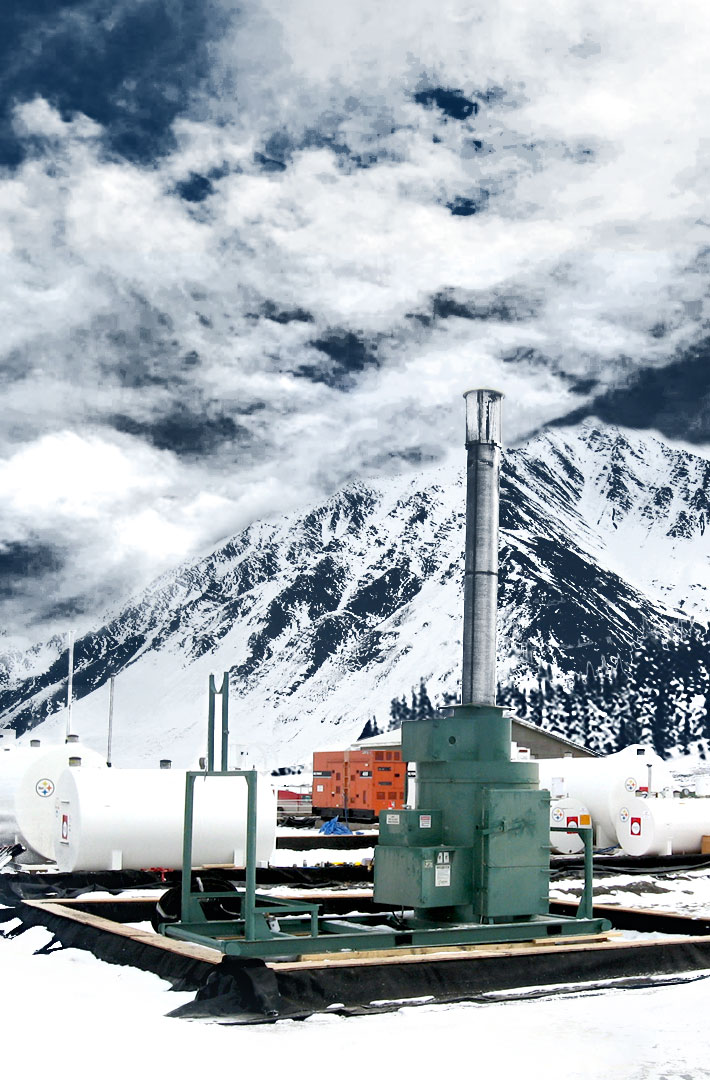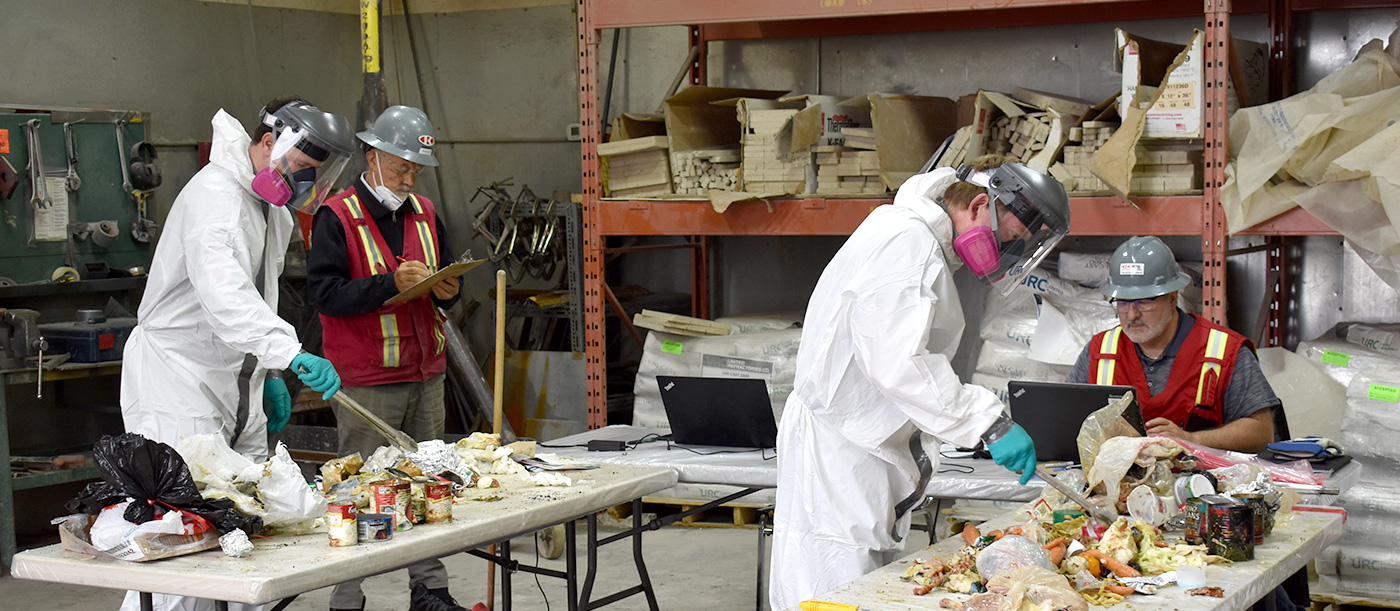Reduce, Reuse, Recycle and More: Managing Solid Waste is a Matter of Hierarchy
In the waste management industry, you will hear about the “waste hierarchy,” which is dominated by the three Rs of reduce, reuse, and recycle. These are the best ways to properly manage waste and to make a positive impact on our environment.
But there are more than just those three layers in the waste management hierarchy. It also includes waste-to-energy, incineration and landfill.

The hierarchy creates guidance for a sustainable waste management program. It is important to understand each of these layers and to find ways to move up the triangle. That’s where Ketek’s waste management team can help.
Regardless of the situation, a waste reduction work-plan will focus on client engagement, involvement and overall buy-in.
Quick Links

Incineration as the preferred disposal method
- Proven equipment performance and supporting technical services over the long term
- Enabling source separation and diversion options as part of the solution to target zero waste
- Tracking environmental indicators against stakeholder interests
- Ensuring self-contained operation and maintenance, and
- Meeting all environmental approvals, including air-emissions and GHG standards

Clean Technology for Canada and the World
With the Cyclonator series of incinerators, Ketek Group has developed a cost-effective solution to solid waste management. Construction standards are controlled using the ISO 9001:2008 Quality Management System and customized to the client’s unique needs.
A coordinated solid waste program with a Cyclonator Incinerator will reduce the environmental impact of waste disposal when compared with the use of carbon intensive options such as landfills. Solid waste decomposition in landfills produces CO2 and methane, a gas that is 25 times more potent than CO2 in terms of its global warming potential. Its avoidance through the incineration of waste is one of the factors supporting thermal oxidation as a potential reduction of GHGs, which helps move companies into a low-carbon space.


BLOG POST
By Kelly Mason
VP of Enviro Services
A waste audit takes a deep dive into the amounts and types of waste being discarded and where they came from. In practice this involves taking all – or a representative sample – of the waste thrown away and sorting, weighing and recording the different quantities and types of waste, from organics (banana peels and coffee grounds) to paper and cardboard, diapers, take-out food containers, plastics and cat litter.
Five Reasons to Improve the Management of your Solid Waste


